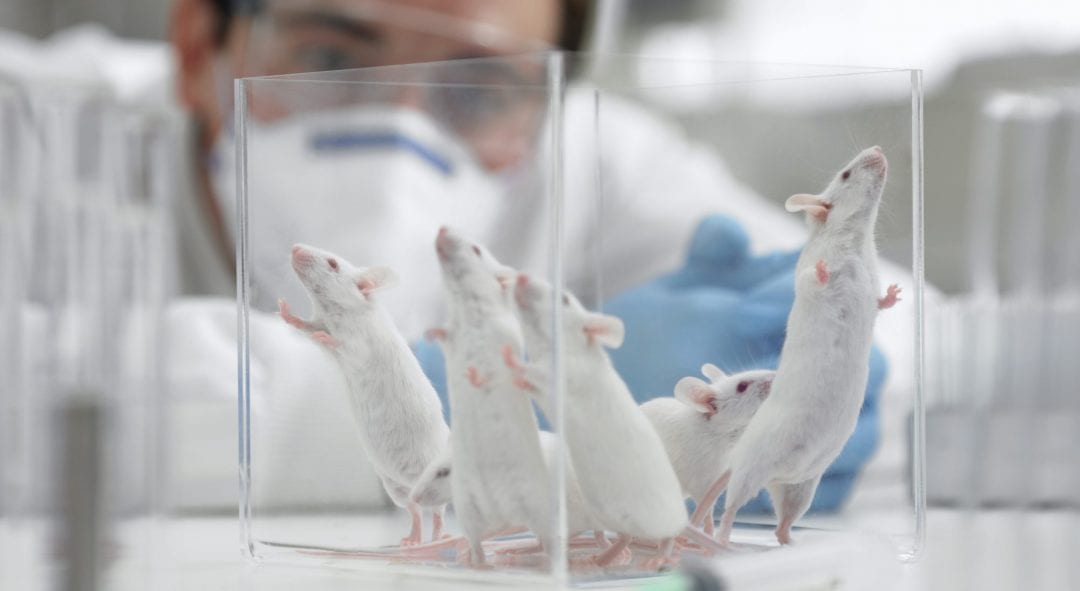Autism spectrum disorder (ASD) comprises developmental disabilities characterized by a range of social, behavioral and communication impairments. Current studies in the field are directed towards identifying environmental and genetic factors that impact disease etiology and potential therapeutic interventions for ASD. The significant overlap in behavioral patterns between rodents and humans, makes mice an ideal model for ASD research. Hence there is a need for well-defined and accepted methods of evaluating ASD in mice.
In the May Supplement of Current Protocols in Toxicology, in Unit 11.22, Dr. Lucio Costa’s group describe six different behavioral tests in the three main areas affected in ASD (repetitive behavior, communication, social interactions).
Each of the described tests have previously been used by groups for characterizing behavioral patterns in models of Obsessive Compulsive Disorder, memory and vocal communication. In this unit, Costa et al. adapt and modify these methods to fit behavioral diagnostic criteria for ASD. The series of protocols not only demonstrate the validity of the procedure for ASD diagnosis by using known and well-characterized ASD mouse models, they list the criteria for tightly controlling and thus standardizing the process across different laboratories. The clearly stated critical parameters in this unit will help limit interference of human subjectivity often introduced into behavioral tests. The Critical Parameters section details quantifiable parameters such as time to make the testing procedure uniform across users and provide as much detail as possible to control environmental parameters that can influence the test outcome. By using mouse models of known genotype and phenotype, the authors confirm the authenticity of each test and provide detailed account of what a user should anticipate. One of the main challenges of behavioral testing is selecting a precise and rigorous method to quantify observations. To address this issue, the Anticipated Results section provides measurable variables for each phenotype and describe statistical analyses used for testing the significance of the observations.
In the absence of well-characterized biomarkers, ASD diagnosis currently relies on behavioral testing and hence this unit provides an excellent reference for laboratories looking to identify genetic or environmental factors that affect ASD etiology and to identify treatment modalities using new or existing ASD mouse models. This unit, due to its simplicity and high level of detail can serve as a guideline for research groups currently looking to establish novel ASD models.
The protocol can be accessed here. If you are unable to access a full-length protocol, please contact your librarian for a subscription to Current Protocols in Toxicology. A subscription to CPTX will give you complete access to thousands of detailed, step-wise protocols in toxicology.
How to cite: , , & (2017). Behavioral phenotyping for autism spectrum disorders in mice. Current Protocols in Toxicology, 72, 11.22.1–11.22.21. doi: 10.1002/cptx.19

















